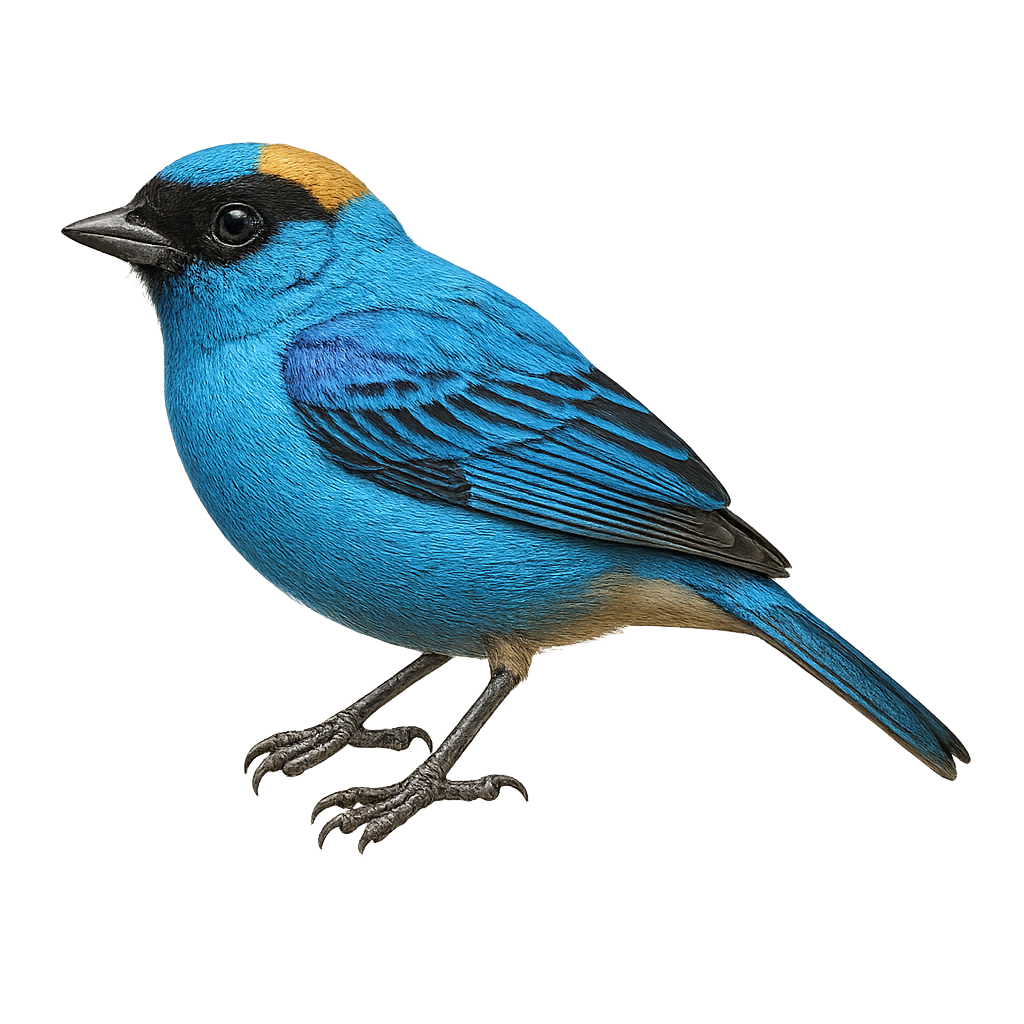Your wildlife photography guide.
Explore the rufous-naped tanager in detail, study its behavior, prepare your shots.
Where to observe and photograph the rufous-naped tanager in the wild
Learn where and when to spot the rufous-naped tanager in the wild, how to identify the species based on distinctive features, and what natural environments it inhabits. The WildlifePhotographer app offers tailored photography tips that reflect the rufous-naped tanager’s behavior, helping you capture better wildlife images. Explore the full species profile for key information including description, habitat, active periods, and approach techniques.
Rufous-naped Tanager
Scientific name: Chalcothraupis ruficervix

IUCN Status: Least Concern
Family: THRAUPIDAE
Group: Birds
Sensitivity to human approach: Suspicious
Minimum approach distance: 5 m
Courtship display: March to April
Incubation: 13-15 jours
Hatchings: March to May
Habitat:
humid tropical forests, mountain forests
Activity period :
Primarily active during the day, with peak activity in the morning and late afternoon.
Identification and description:
The Rufous-naped Tanager is a colorful and fascinating bird native to the humid tropical forests of South America. It is distinguished by its vibrant plumage, with a rufous head and nape contrasting with a blue-green body. This tanager is often seen in small groups, feeding mainly on fruits and insects. Its natural habitat includes mountain forests, where it can be spotted at various altitudes. Although not considered threatened, deforestation poses a potential threat to its habitat. Its melodious song and bright colors make it a favorite subject for birdwatchers and nature photographers.
Recommended lens:
400 mm – adjust based on distance, desired framing (portrait or habitat), and approach conditions.
Photography tips:
To photograph the Rufous-naped Tanager, focus on humid tropical forests and mountain forests where it is often seen. Use a 400mm or longer telephoto lens to capture detailed images without disturbing the bird. Be patient and discreet, as this bird can be suspicious. The best times to observe it are early morning or late afternoon, when natural light highlights its bright colors. Try to capture its natural behavior, such as feeding or singing, for more lively and interesting photos.
The WildlifePhotographer App is coming soon!
Be the first to explore the best nature spots, track rutting seasons, log your observations, and observe more wildlife.
Already 1 432 wildlife lovers subscribed worldwide

